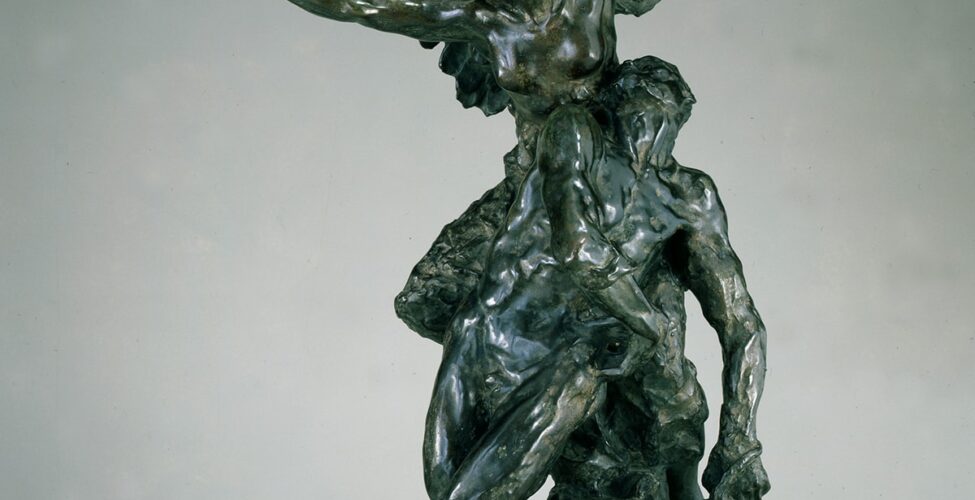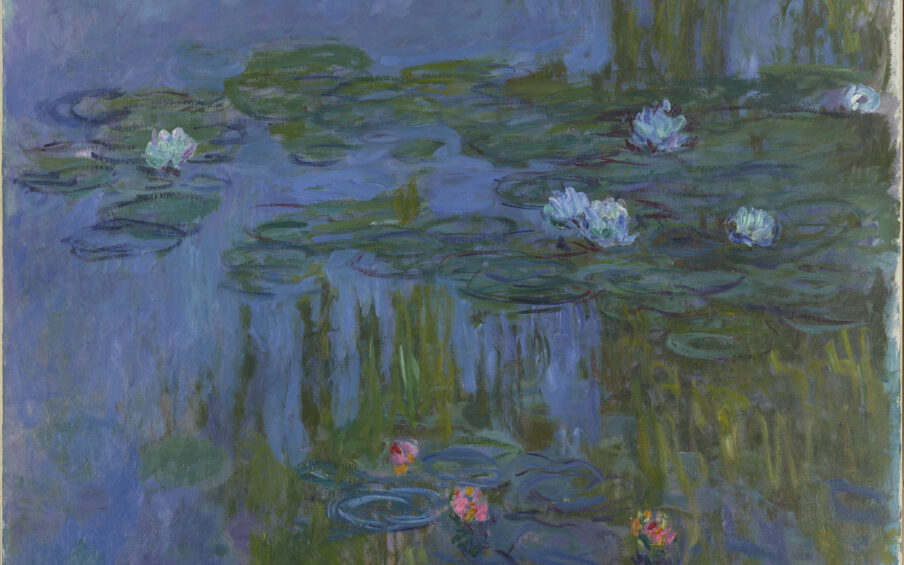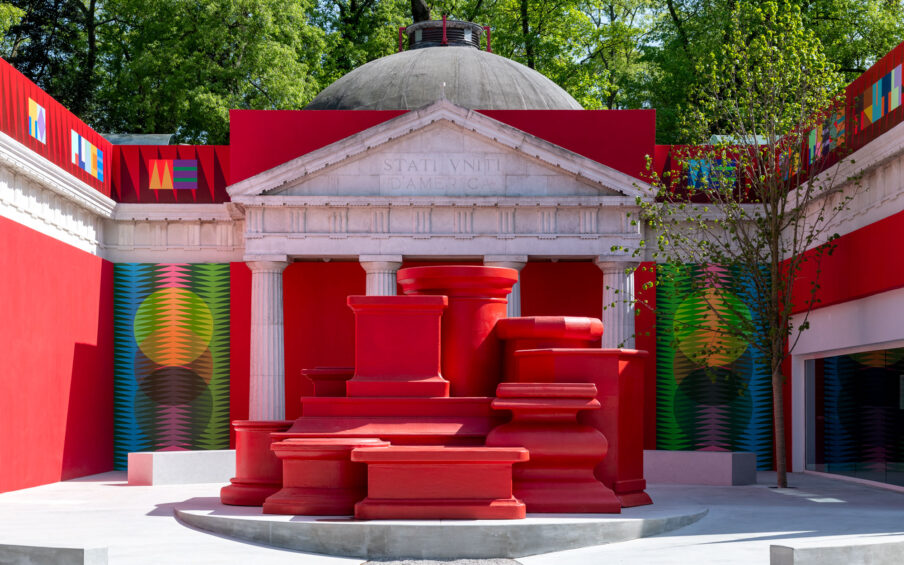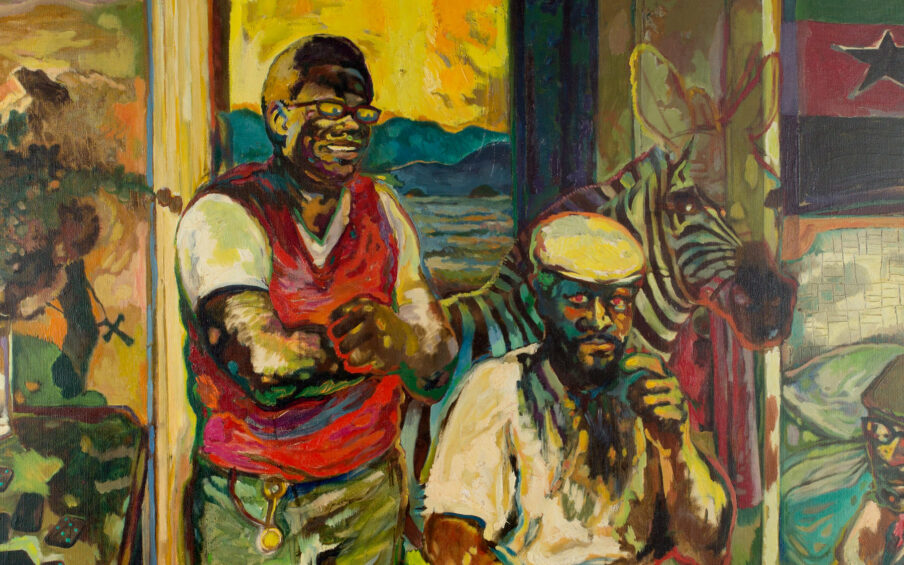“In honor of #BastilleDay, I offer you one of the greatest French objects in the Museum’s collection. Rodin conceived and modelled it in 1879 for a public monument to commemorate the defense of Paris in the Franco-Prussian War (1870–1871). It depicts the battered Spirit of Liberty shrieking a call to arms above the body of a mortally wounded combatant. The sculpture pulsates with energy thanks to Rodin’s alternating expansion and contraction of the outer profile as well as his dramatic zigzag composition that extends from the broken wing to the feet of the man struggling to rise to the call. Rodin’s design was rejected and he later wrote that it ‘must have seemed too violent, too strident.’
Rodin’s expression of raw emotion has great universality. Four decades after he conceived the sculpture, it was chosen and enlarged for a monument to the defenders of Verdun against German attack in World War I. This year, it resonates in light of American, French, and larger world movements championing true liberty and justice. It might also represent our frustration and agony as COVID-19 continues to kill. While the pandemic has scuttled the celebration of Bastille Day 2020, we will look forward to the Alliance Française’s annual festival in Portland in the years to come. Vive la France!”
—Dawson W. Carr, The Janet and Richard Geary Curator of European Art
Auguste Rodin (French, 1840-1917). La Defense, also known as The Call to Arms, model made in 1879; cast ca. 1910. Bronze. The Evan H. Roberts Memorial Sculpture Collection, 78.1



